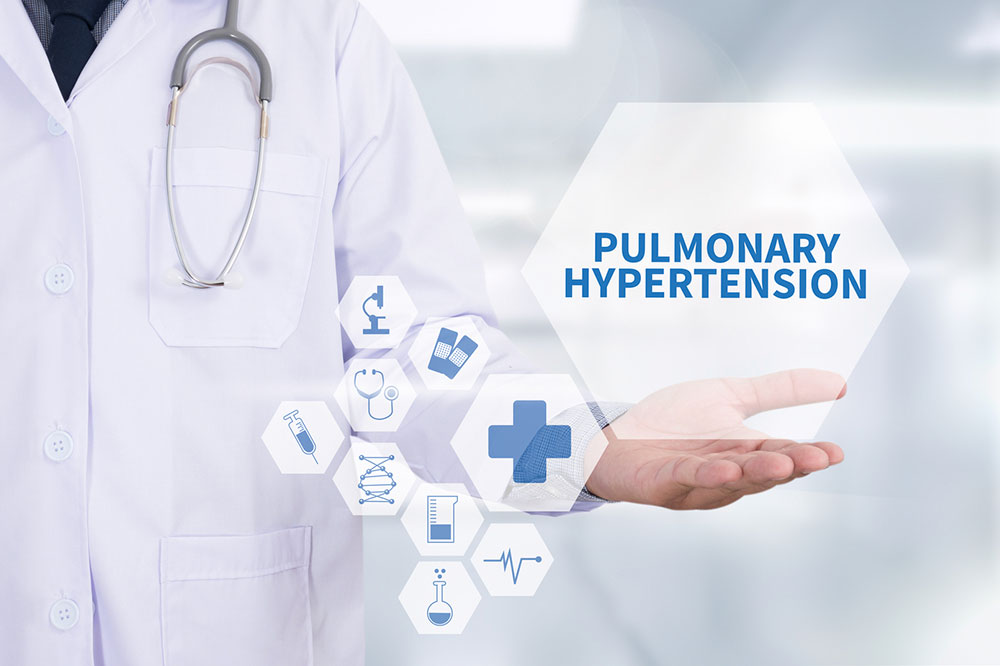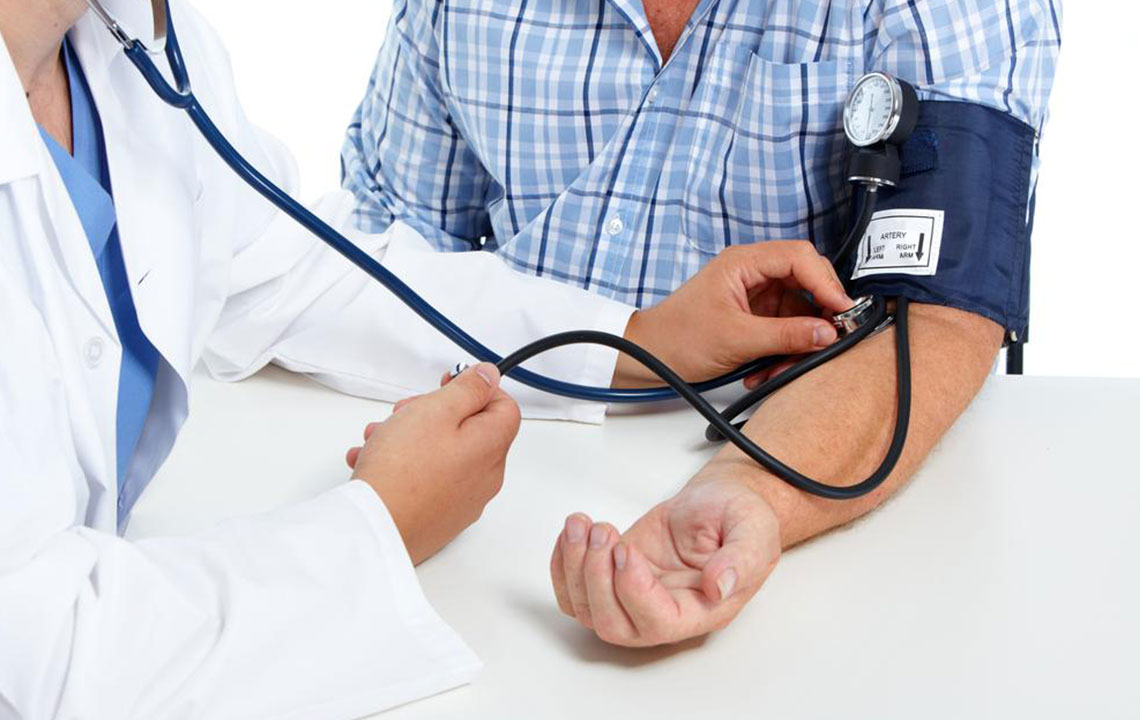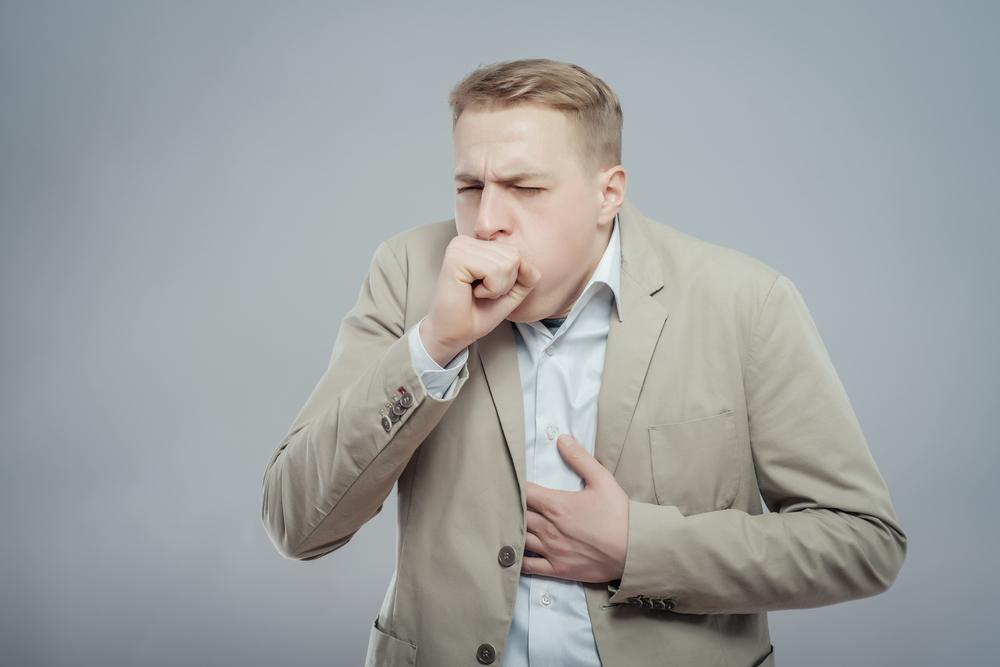A Comprehensive Guide to Pulmonary Hypertension: Causes, Symptoms, and Effective Prevention Methods
This comprehensive article explores pulmonary hypertension, delving into its causes, symptoms, and prevention strategies. It emphasizes early detection, risk factors, and lifestyle modifications that can help delay disease progression. Detailed insights assist readers in understanding this complex condition, promoting awareness and proactive health management to improve quality of life.

Understanding Pulmonary Hypertension: Causes, Symptoms, and Prevention Strategies
The human heart, a vital organ in our circulatory system, plays a fundamental role in maintaining overall health by ensuring continuous blood flow to all parts of the body. Its primary function involves pumping oxygen-rich blood from the lungs to various tissues, while simultaneously sending oxygen-depleted blood back to the lungs for reoxygenation. This complex process depends on the synchronized functioning of different heart chambers and blood vessels. When the pressure within the pulmonary arteries—those vessels responsible for carrying blood from the right side of the heart to the lungs—increases beyond normal levels, it results in what is medically recognized as pulmonary hypertension. This condition can be a serious health concern as it reflects underlying issues with the pulmonary circulation, leading to increased workload on the right ventricle of the heart.
What exactly is pulmonary hypertension?
Pulmonary hypertension (PH) is characterized by elevated blood pressure within the pulmonary arteries, which are responsible for transporting blood from the heart to the lungs. Under normal circumstances, these arteries maintain a low-pressure environment to facilitate effective blood flow. However, when these vessels become narrowed, stiff, or otherwise impeded, the resistance to blood flow increases. As a consequence, the right ventricle must generate higher pressure to propel blood through the constricted arteries. Over time, this increased workload can cause the right ventricle to enlarge, weaken, or fail, impacting overall cardiac efficiency. If left untreated, pulmonary hypertension can lead to significant complications, including right-sided heart failure, reduced oxygen delivery to vital organs, and potential damage to lung tissue itself.
As pulmonary hypertension progresses, structural and functional changes occur within the pulmonary arteries, reducing their elasticity and increasing resistance. The walls of these arteries may thicken or stiffen, further narrowing the lumen—the central blood flow channel—leading to increased pressure. This process places excessive stress on the right ventricle, which may respond by enlarging—a process known as right ventricular hypertrophy—or becoming weakened and less efficient at pumping blood. Without appropriate management, this strain can culminate in organ failure, as compromised blood flow deprives vital tissues—especially the brain and kidneys—of necessary oxygen and nutrients. The condition’s insidious nature highlights the importance of early detection and proactive management to mitigate severe health impacts.
Causes of Pulmonary Hypertension: Understanding the Risk Factors
Determining the root causes of pulmonary hypertension can be complex, as multiple factors often contribute to its development. There isn’t a single definitive cause; instead, a combination of underlying health issues and genetic factors can play a role. Common etiologies include chronic lung diseases such as chronic obstructive pulmonary disease (COPD), pulmonary fibrosis, and sleep apnea, which impair normal lung function and blood oxygen levels. Blood clots in the lungs, known as pulmonary embolisms, can obstruct blood flow, resulting in elevated pulmonary arterial pressures. Additionally, left-sided heart diseases—such as left heart failure—can cause a backup of blood into the pulmonary circulation, raising pressures. Certain genetic predispositions, familial patterns, and congenital heart defects such as ventricular septal defects or patent ductus arteriosus also increase susceptibility. Other contributing factors include liver diseases, connective tissue disorders, and exposure to harmful toxins or drugs that can damage the pulmonary vasculature.
Recognizing the Symptoms: Early Signs of Pulmonary Hypertension
Early detection of pulmonary hypertension is vital because symptoms often develop gradually and can be mistaken for less serious health issues. Initial signs are typically mild and may include shortness of breath, especially during physical exertion such as climbing stairs, exercising, or carrying heavy objects. As the condition advances, patients often experience persistent fatigue, which can interfere with daily activities. Chest discomfort, tightness, or pain may occur due to heart strain, while dizziness or fainting spells can indicate compromised blood flow to the brain. Swelling in the ankles, legs, or abdomen is a common symptom resulting from fluid retention caused by right-sided heart failure. The skin and lips might develop a bluish hue—known as cyanosis—indicating insufficient oxygen in the blood. Irregular heartbeats, such as palpitations or arrhythmias, are also associated with worsening pulmonary hypertension. Recognizing these warning signs early enables timely medical intervention, which can slow disease progression and improve quality of life.
Prevention Strategies and Lifestyle Modifications
Although pulmonary hypertension can be a progressive and challenging condition, certain preventive measures and lifestyle changes can significantly delay its onset or progression. As the condition often worsens over time if left unmanaged, proactive health management strategies are essential. Regular medical check-ups, including monitoring pulse rates and lung function tests, help detect early abnormalities in pulmonary pressure. Maintaining a healthy weight is crucial, as obesity increases strain on the heart and lungs, exacerbating the risk of hypertension. Adopting a balanced diet rich in fruits, vegetables, whole grains, lean proteins, and healthy fats supports overall cardiovascular health. Lifestyle habits like engaging in moderate aerobic exercise—such as walking or swimming—enhance heart and lung function but should be performed under medical guidance. Avoiding smoking and limiting alcohol consumption are vital practices, as both can damage blood vessels and impair respiratory health. Managing stress through relaxation techniques or mindfulness exercises can also benefit cardiovascular function. While there is no definitive cure for pulmonary hypertension, combining medication with lifestyle adjustments greatly enhances patient outcomes, offering improved symptom control and better quality of life.
In summary, pulmonary hypertension is a complex condition caused by various factors that increase resistance in the pulmonary arteries. Recognizing the early signs and understanding the underlying causes can facilitate timely diagnosis and management. Lifestyle modifications, regular monitoring, and medical treatment are key to preventing disease progression and maintaining health. Although challenges remain, ongoing research continues to improve treatment options, giving hope to those affected by this condition. If you experience symptoms such as shortness of breath, fatigue, chest pain, or swelling, consult a healthcare professional promptly to initiate appropriate investigations and interventions.





